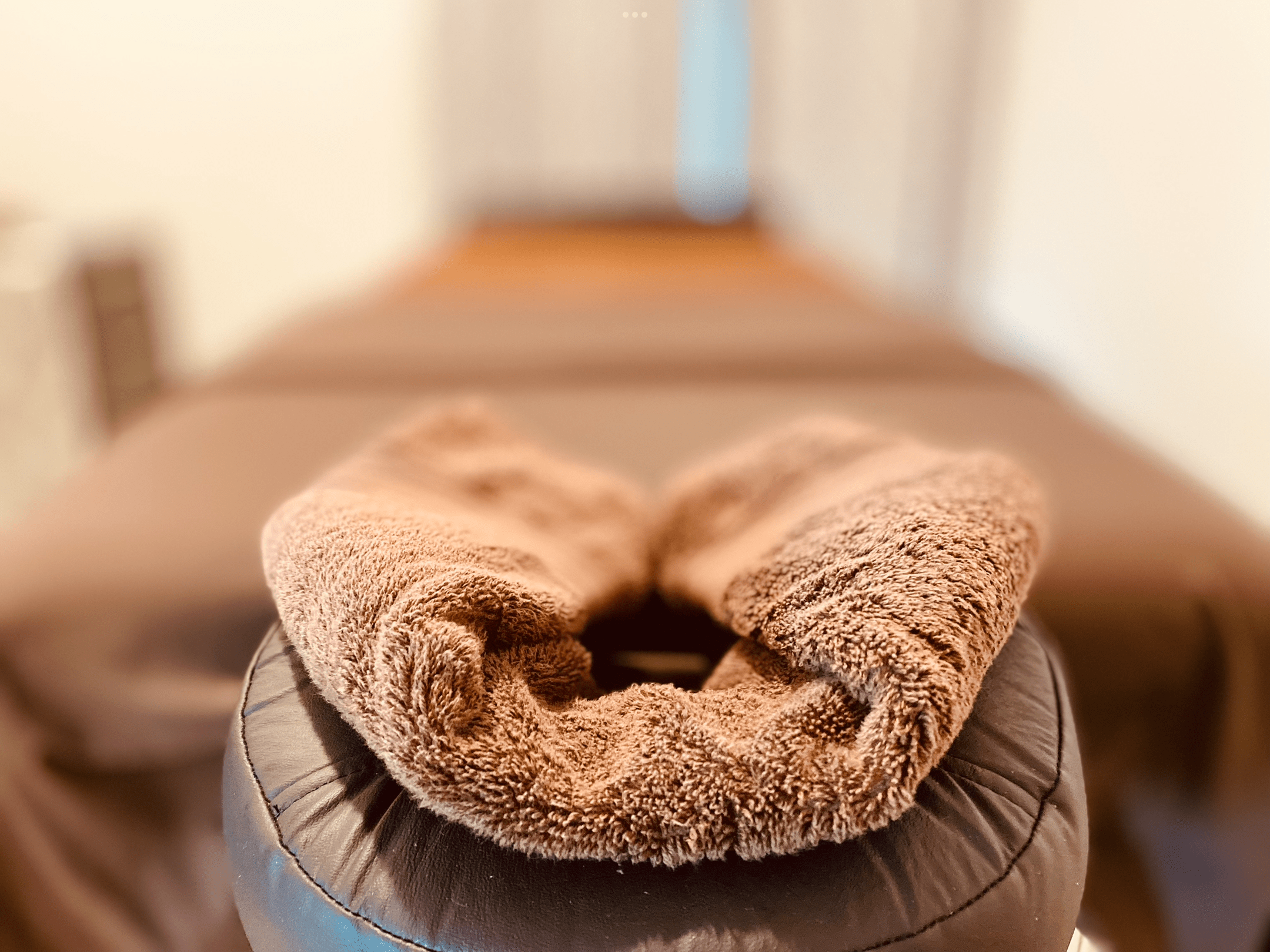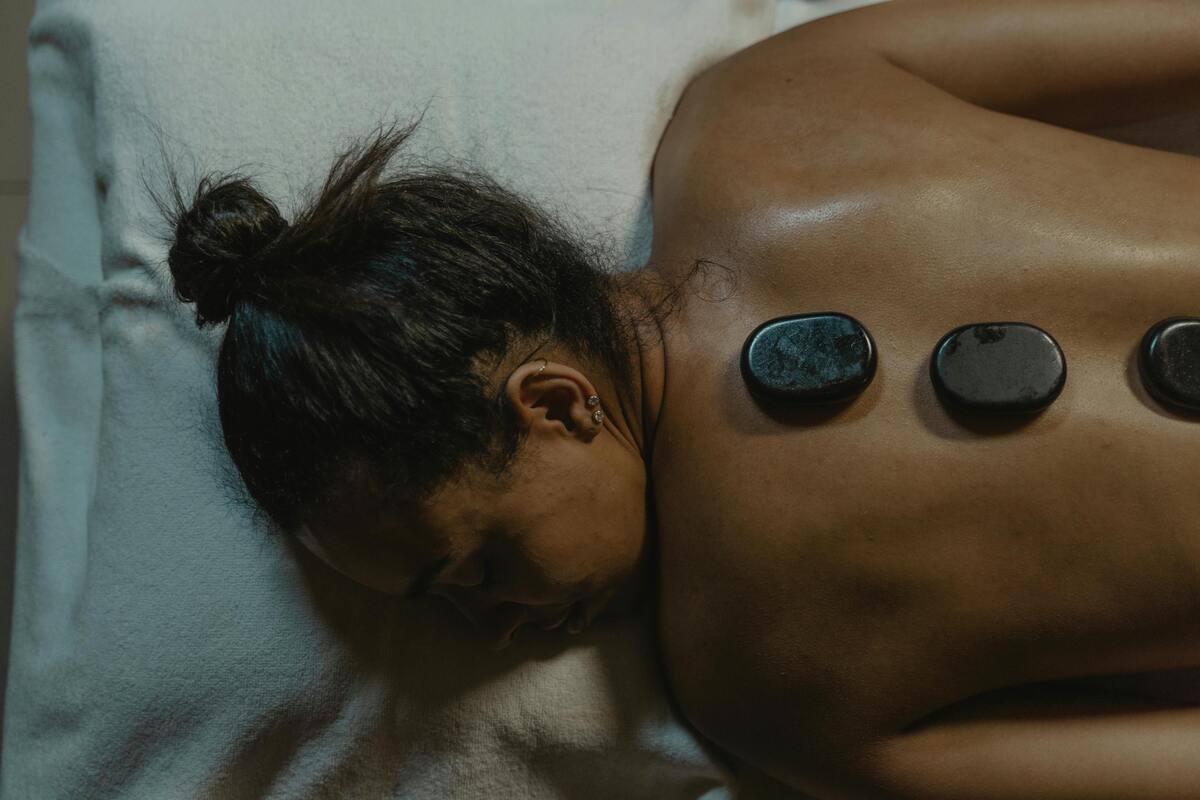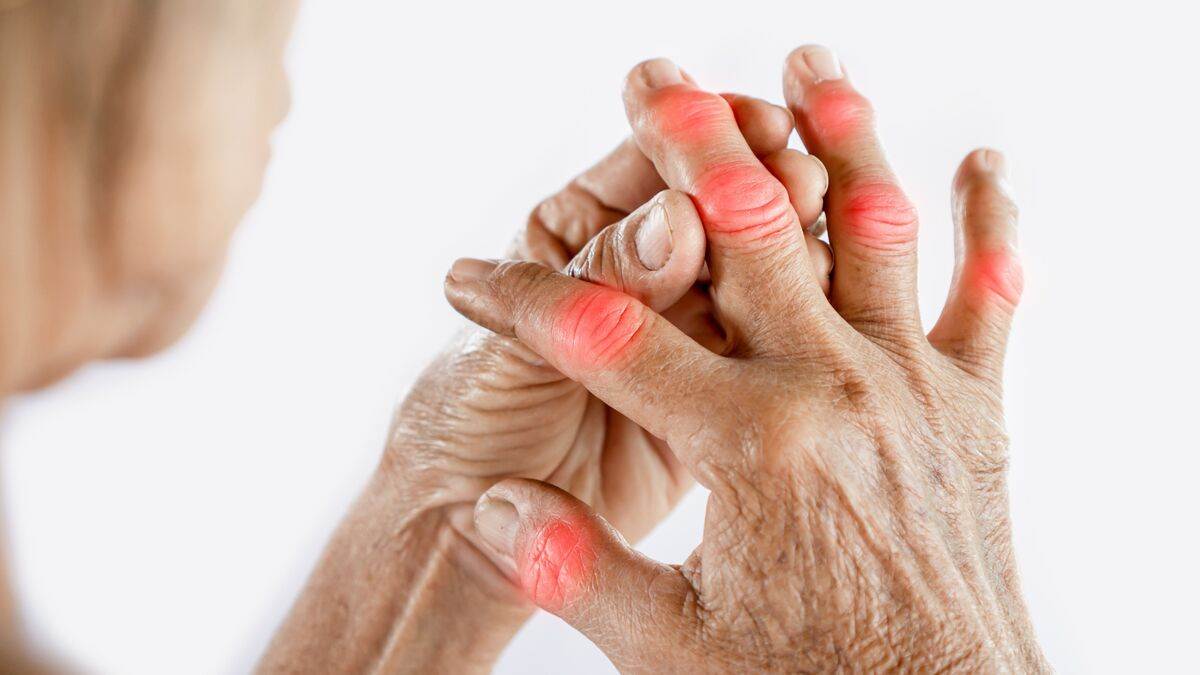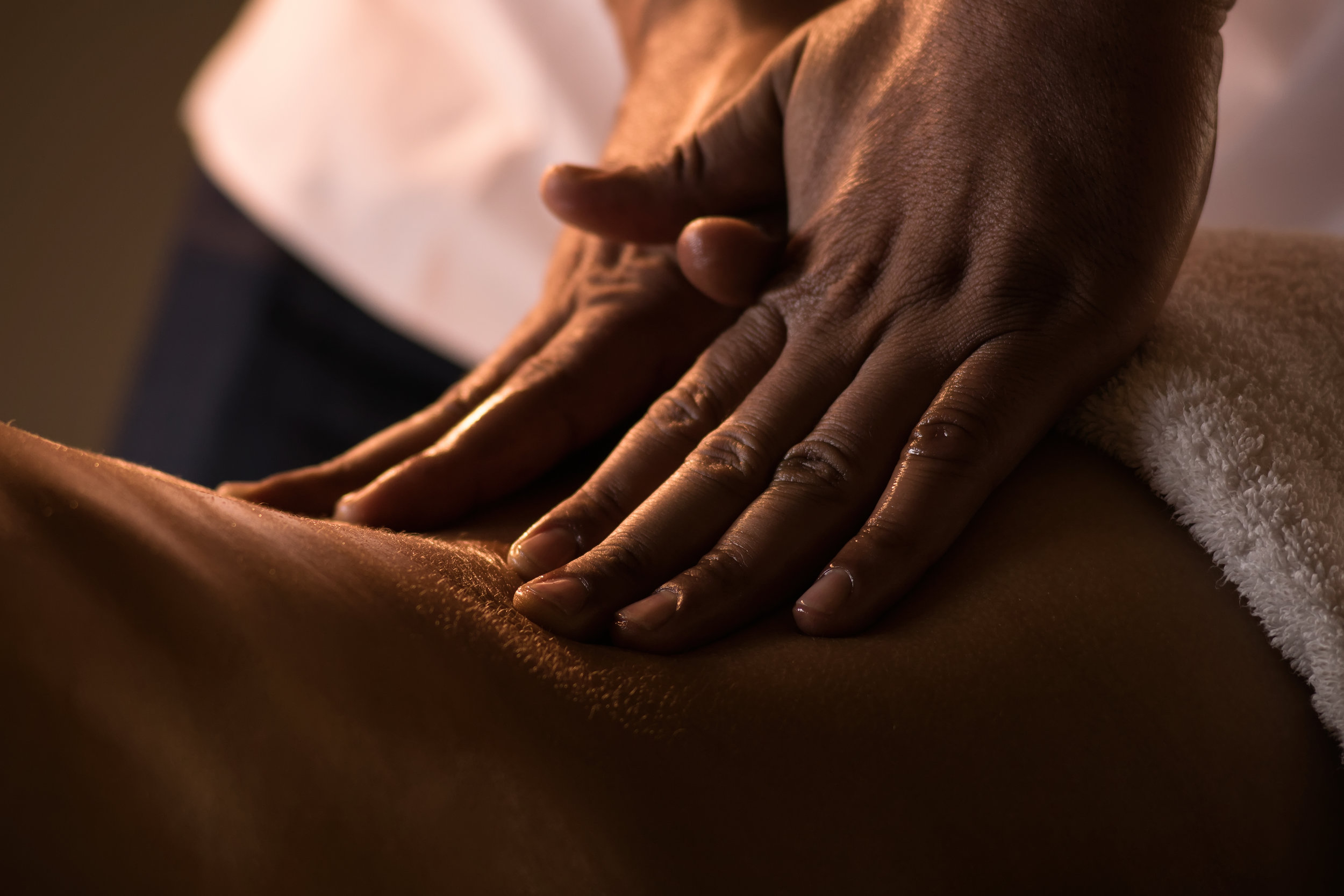
BOOKING
When choosing the right provider, it is important to review their list of services and client reviews on reputable platforms such as Google, Tripadvisor or Yelp. Remember to review the types of services they offer as each entity may cater to a different clientele (women/men), demographic (athletes/patients), or provide services using one or many disciplines (facials/massages/body therapies). Ask about their booking and cancellations policies, payment preferences, and any active or current promotions. It is ok to ask for a confirmation that their business and Massage Therapists are certified, registered or licensed based on local standards. Once you’ve selected your provider and booked your session, don’t forget to ask about their check-in policies. Each entity would outline the timeframe for arrival or making changes to your reservation.
PREPARATION
We advise showering before any therapeutic session, as this promotes a comfortable environment for both the client and practitioner. Please avoid eating a heavy meal less than 2-4 hours prior to your session, so you are comfortable lying down for extended periods. We do not recommend wearing makeup as facial products can stain sheets, towels and equipment. Avoid heavy exercise or strenuous activities just before a session.
BEFORE YOUR SESSION
Checking in for your appointment usually begins with a client intake form. This form gathers information about your lifestyle, current concerns and medical history. Any information you disclose on the form and with your Practitioner remains confidential. As the client, you should participate fully as a member of your therapeutic team, making sound choices regarding your sessions’ plan based on the information provided by the practitioner and your own self-care programs. Communicate with your practitioner any time you feel your well-being is being compromised. You should always expect your practitioner to provide safe and effective treatments to the best of his or her skills and knowledge.
Ask your practitioner about the benefits and risks of your massage session before giving your consent for receiving a massage. There is no implied or stated guarantee of success of effectiveness of individual techniques or series of appointments. Massage therapy is not a substitute for medical care, medical examination or diagnosis.
MEETING YOUR PRACTITIONER
Every good therapeutic session should begin and end with an assessment, where the practitioner and client share the aims and goals of the session, indications or contraindications. Some assessments may conclude with a recommendation not to proceed with the service. If your practitioner has decided that a massage is contraindicated, this is done for your benefit, comfort or safety. They may recommend booking another session at a later date or offer a referral to another provider.
THE MASSAGE SESSION
“So what do I do now,” you may ask.
If the assessment concludes that a massage is indicated, you’re good to go! Before your Practitioner steps away to give you privacy, you’ll receive instructions on how to position yourself on the massage table and how to undress. At Studio Massage, we avoid dictating what a client should and shouldn’t wear during a session. We understand that some clients undress to their comfort level. Your comfort is paramount. Just remember that some clothing may become restrictive during the massage and limit your practitioner’s techniques.
Scented oils, candles and sounds are used to create a relaxing ambience, while window drapes may be use to limit natural light.
Your practitioner knocks before entering the room again. Each massage session uses different techniques. Swedish Massage is one of the most popular modalities in western practices. The sequence usually addresses the neck, back, legs, feet, arms and hands with the practitioner using broad, soothing strokes with their hands or arms. Your practitioner should always adjust the pressure applied, to your comfort level. You are always draped for your privacy and you should always communicate if you are uncomfortable for any reason.
AFTER A SESSION
Once a session has concluded, the practitioner steps away again. Be careful getting up from the table and walking across the floor with oil on your feet. You will meet with your practitioner again, who will assess how you are feeling, note any improvements or concerns and recommend a therapeutic plan or future sessions.
TREATMENT PLAN
If your therapeutic team has offered a treatment plan after your session, it’s important to adhere to the plan and to communicate with your practitioner every step of the way
REVIEW
Don’t forget to share a review of your experience and be as detailed as you’d like to be.




